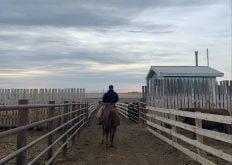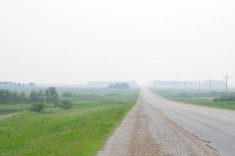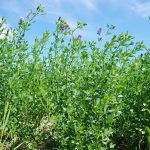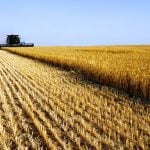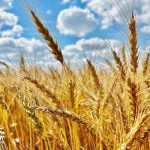In many areas, brandings are a community affair, with neighbours and families getting together to share food and drinks while they work. But for families attending these events, children’s safety can be a concern.
Taylor Bloom, who farms south of Dismore, Sask., with her husband and two children, says that although her children are only four and six, they are already getting involved on the farm.
Read Also
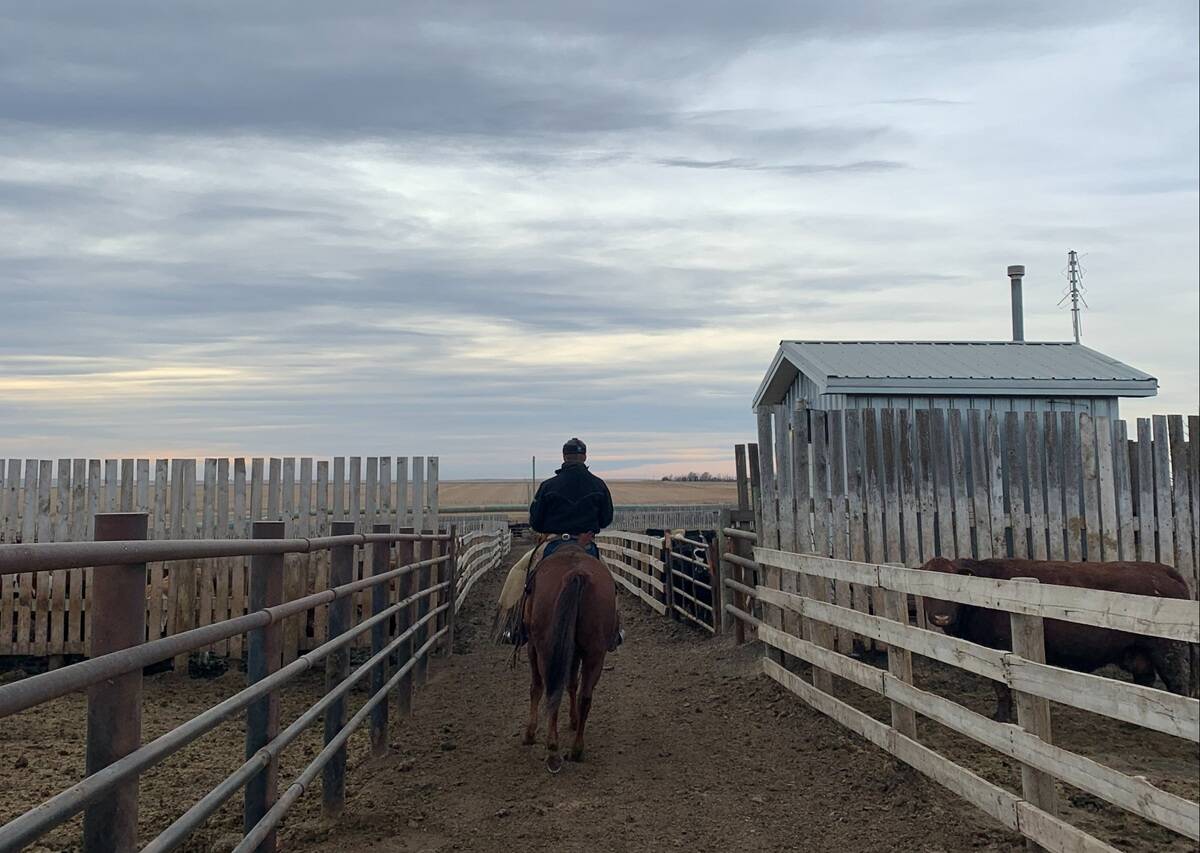
Pen riders still better than tech at detecting respiratory disease in feedlot cattle, says researcher
Recent research found that pen riders are better than tech at flagging signs of BRD in feedlot cattle
“Our kids being young doesn’t allow for them to do much, but they are always present,” Bloom says. “Doing this we hope they learn and will be great hands in the future. We take the time to slow down and allow them to help. They both ask lots of questions and will always get an answer from someone.”
They take extra precautions to keep their children safe during times like branding.
“Safety is always a concern working with animals,” she says. “When we don’t find it fit for them to be around, they get a ‘safe zone’ where they can play and watch quietly; whether that be in the box of a truck or behind another fence. As for branding, we have our set-up pretty kid-friendly, with rules to be followed. Our branding is usually pretty relaxed allowing most eyes on the kids and allowing hands-on when they show interest.”
Robert Gobeil, an agricultural health and safety specialist at the Canadian Agricultural Safety Association, says having a safe zone at events such as brandings is usually the best course of action.
“We’d want to have designated public versus worker areas,” Gobeil says. “People that are involved with handling and being up close and personal with the animals — those are one set of people performing the work. The other set are the ones that are the bystanders. And we don’t want them getting in the way for not just the human safety, but the animal safety as well.”
When it comes to children being around machinery during haying or harvest, Gobeil recommends keeping children out of the equipment altogether.
“We always promote only one rider in a tractor. You know, don’t take the kids for joy rides. Even though the combine or what have you may have a training seat, it’s not really there for childcare purposes. It’s called the training seat for a reason — it’s for someone who’s learning how to operate that piece of equipment,” he says.
“It comes down ultimately to the parent or the person providing the supervision to make sure that there’s an adequate level of supervision, that the hazards are communicated. And with that supervision, duty, comes the onus to keep the kids away from those hazardous areas.”
Bloom says they always communicate the danger associated with machinery to their children.
“They are not allowed to play on parked equipment and to always stay clear of running equipment as they may see us but we cannot see them,” she says.
“We feel we do pretty good with safety. With them growing up around it, it’s pretty ingrained. We always go over the rules before starting. Quick reminders help. We feel pretty fortunate with our quiet herd, and quick-learning cattle dog… we explain the ‘what if’s’ and the dangers that could be involved.”
Gobeil says it’s important to have those kinds of conversations with your children to keep everyone safe on the ranch. The Canadian Agricultural Safety Association has ag youth work guidelines online to help, he notes.
“We get a lot of pretty sad statistics, and there’s far too many kids being hurt on the farm. So at the end of the day, we all love our children and our families, and we want them to be safe. So it just takes an extra minute or two to take that ounce of prevention and keep on doing what we need to do.”








